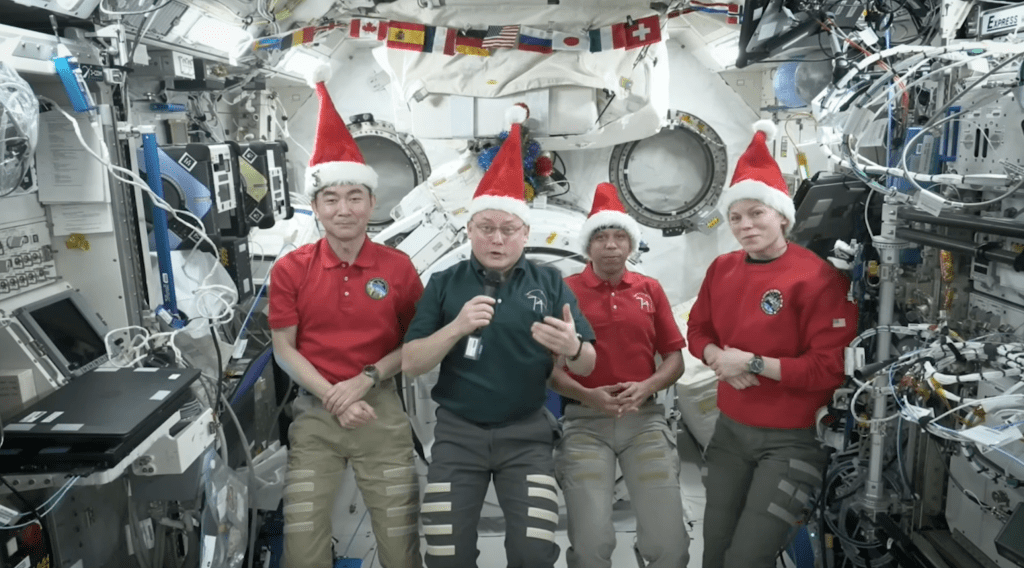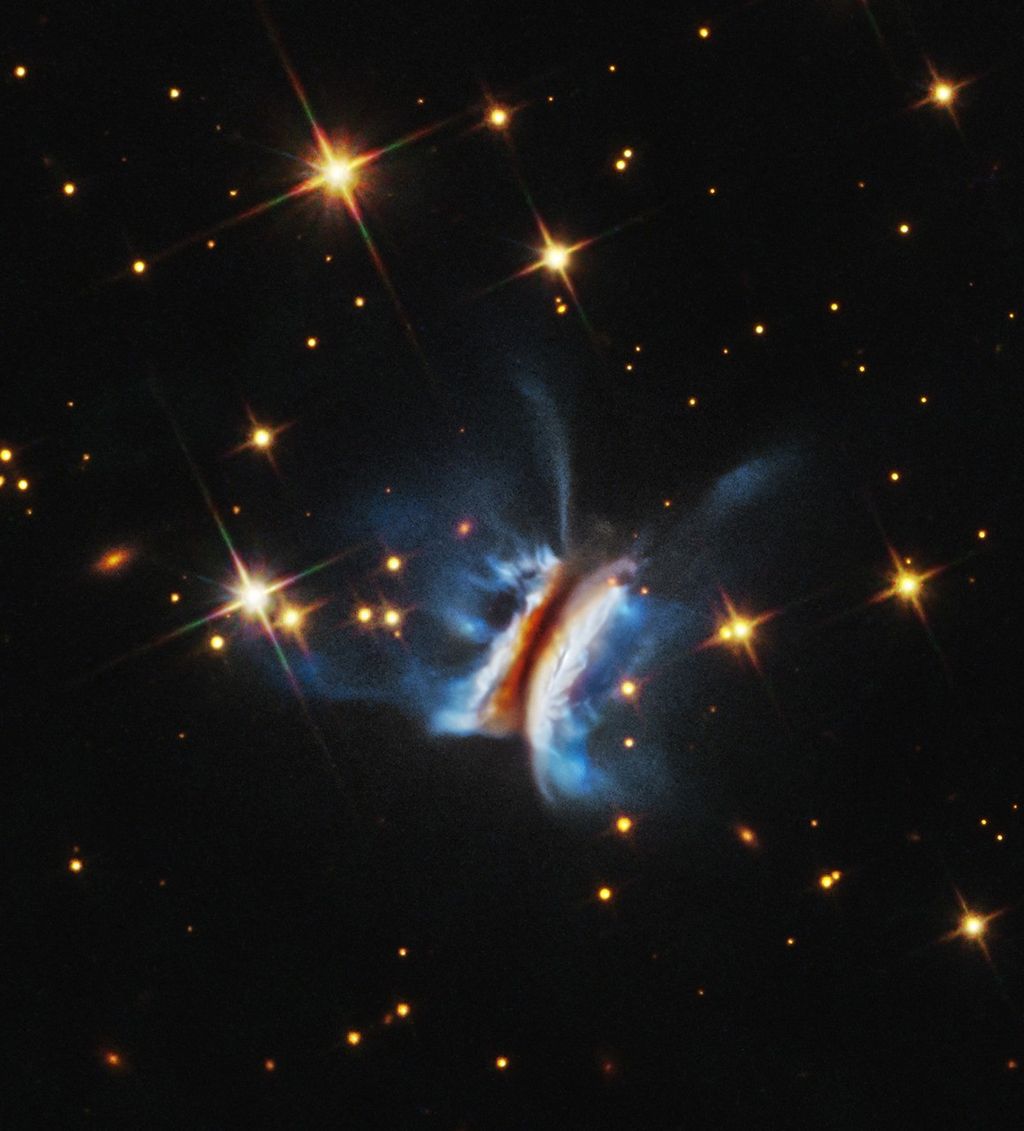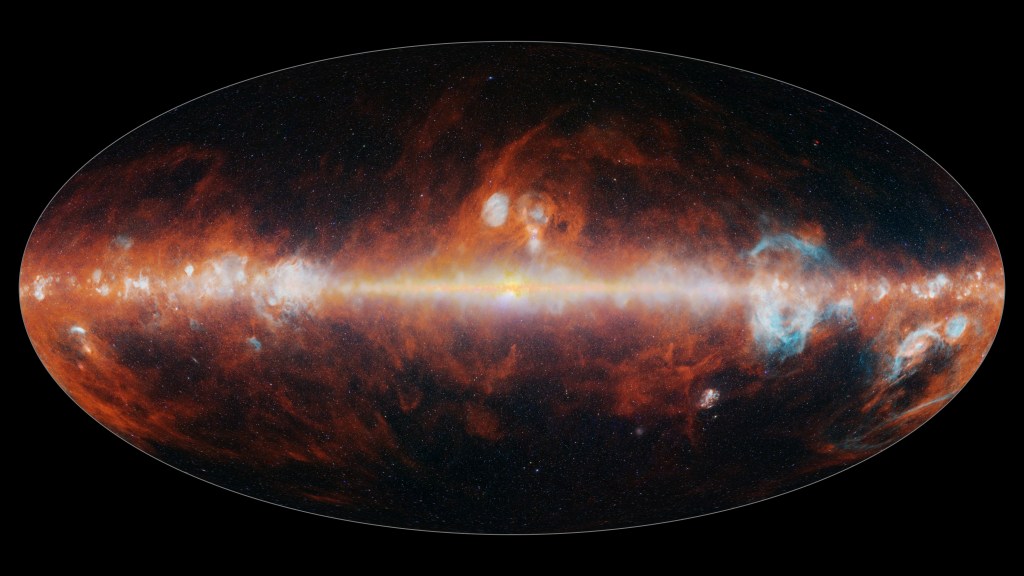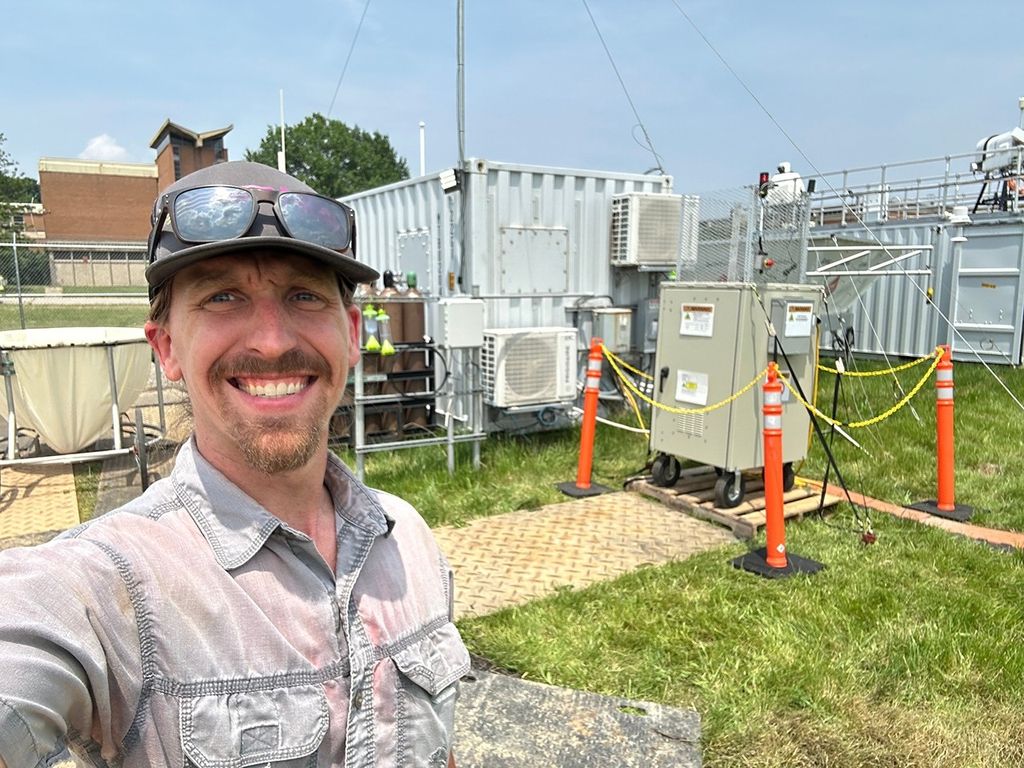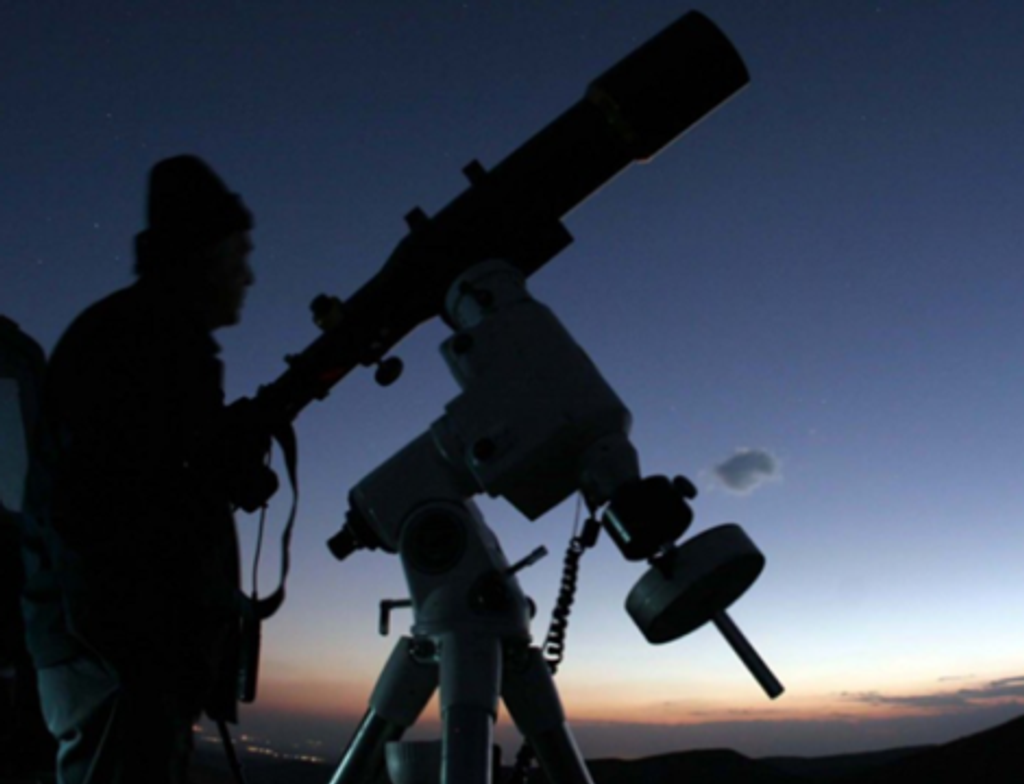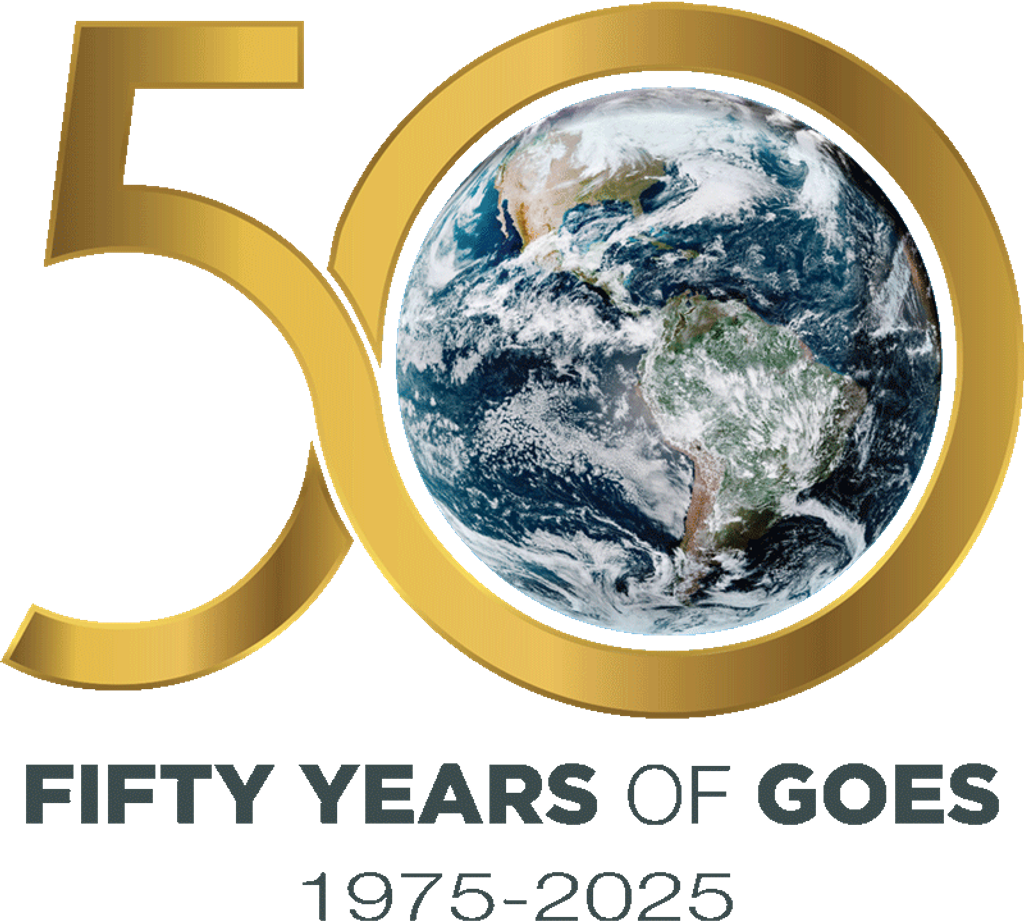NASA’s Armstrong Flight Research Center at Edwards Air Force Base, Calif., helped advance the agency’s overall missions of aeronautics research, Earth and space science and aerospace technology during 2014.
Formerly known as Dryden Flight Research Center, NASA’s center of excellence for atmospheric flight research, was re-designated in honor of the late Neil A. Armstrong, a former NASA research pilot who flew at the center and the first human to set foot on the moon during the historic Apollo 11 mission in 1969. Legislation to change the name of the 68-year-old facility was passed by the House of Representatives in early 2013, by the Senate on Jan. 8, and was signed into law by President Obama on Jan. 16. The name change became official March 1. The legislation also directed the naming of the center’s aeronautical test range for the late Hugh L. Dryden, the center’s namesake since 1976, who had been the director of the National Advisory Committee for Aeronautics from 1949 to 1958 and NASA’s first deputy administrator from 1958 until his death in 1965.
Aeronautics
Adaptive Compliant Trailing Edge Flight Experiment
NASA’s green aviation project, together with the Air Force Research Laboratory (AFRL) and FlexSys, Inc, is demonstrating technology that could make future airliners quieter and more fuel-efficient. Ongoing flight tests of the Adaptive Compliant Trailing Edge (ACTE), a wing surface that can change shape in flight, will determine if flexible trailing-edge wing flaps can both improve aerodynamic efficiency and reduce airport-area noise generated during takeoffs and landings. In this joint effort, conventional hinged flaps on a modified Gulfstream III business aircraft were replaced with FlexSys’ advanced, shape-changing flaps that form continuous bendable and twistable surfaces. The first ACTE flight was successfully completed on November 6 at NASA’s Armstrong Flight Research Center and was followed by additional successful flights. Testing will continue over the next several months.
UAS in the NAS
Armstrong is the host center for the Unmanned Aircraft Systems Integration in the National Airspace System project, one of the nation’s most important research efforts for improving safety and reducing technical barriers and operational challenges associated with flying unmanned aircraft in airspace shared by commercial and civil air traffic. Technical challenges include development of sense-and-avoid (SAA) standards to assure safe separation from other nearby air traffic, safety-critical command and control system standards, human systems integration issues, and integrated test and evaluation to verify and validate UAS technologies in an integrated and relevant test environment. A series of integrated human-in-the-loop tests with various combinations of simulations designed to evaluate human factors and SAA concepts was completed in July. Initial SAA flight tests in November and December successfully demonstrated an automatic collision avoidance system as well as an initial SAA concept using radar technologies. Tests involving a General Atomics-owned Predator B and Armstrong’s Ikhana marked the first time flying UAS vehicles with autonomous collision avoidance using real-world altitude offsets instead of artificial offsets. It was also the first time a UAS maneuvered automatically to resolve a collision avoidance conflict.
ACCESS II
NASA researchers took to the skies in May – along with international partners the German Aerospace Center (DLR) and National Research Council of Canada (NRC) – for a series of experiments to gather critical data that may aid in the development of cleaner aircraft fuels. These flight tests over Palmdale, California, called Alternative Fuel Effects on Contrails and Cruise Emissions II (ACCESS II), included NASA’s DC-8 and HU-25C Guardian, DLR’s Falcon 20-E5, and NRC’s CT-133 research aircraft. Armstrong’s DC-8 led the flight formation, its engines burning a fuel mixture blending traditional JP-8 jet fuel with renewable alternative fuel consisting of hydro processed esters and fatty acids produced from camelina plant oil, while researchers aboard the Falcon and CT-133 measured emissions and observed contrail formation from the DC-8.
Supersonic Research
In June and July Armstrong’s F-15B was flown three times for the Eagle Aero Probe Phase 1 project. The probe is designed to capture near-field pressures around another supersonic aircraft in a non-uniform flow field. The F-15B was also flown twice in August for Supersonic Boundary Layer Transitions (SBLT) Phase 2B in an attempt to determine the origin of several shock waves that appeared on an experimental airfoil mounted on the airplane’s centerline station during previous SBLT 2 flights in 2013.
In October researchers used a digital camera to capture images of shock waves emanating from airplanes traveling at supersonic speeds. Images taken with the Air-to-Air Background-Oriented Schlieren (AirBOS) photography system will help validate computer simulations and wind tunnel test data used in designing future supersonic aircraft. The AirBOS Phase 2 project completed three data flights, successfully capturing airplane shock wave images that are much more detailed than those produced from previous AirBOS flights in 2011.
Earth and Space Science
Global Hawk Earth Science Missions
NASA’s Global Hawk project made its first overseas deployment to Guam in January to support the Airborne Tropical Tropopause Experiment to track changes in the upper atmosphere and help researchers understand how these changes affect Earth’s climate. Additionally, the final Global Hawk research mission for the multi-year Hurricane and Severe Storm Sentinel campaign was flown from NASA’s Wallops Flight Facility in Virginia during August and September.
DC-8 Flying Laboratory
In October and November the DC-8 was employed on its sixth consecutive year of Operation IceBridge research flights over Antarctica to study changes in the continent’s ice sheet, glaciers and sea ice. This year’s campaign revisited a section of the Antarctic ice sheet that was recently found to be in irreversible decline, and also collected data on regions of Antarctica previously not surveyed. IceBridge scientists used a suite of instruments to reveal how much mass glaciers in the region have lost. Repeated annual measurements are key to building a long-term record of change in the Antarctic. This is also the sixth year of the DC-8 Student Airborne Research Program that offered 32 university students a hands-on airborne science research experience.
ER-2 Missions
An ER-2 flew its second year of seasonal flights for the Hyperspectral Infrared Imager airborne campaign to gather data about the health of vegetation in six diverse areas of California and Nevada. The airplane was also used to collect hyperspectral infrared images of the King Fire in the Sierra Nevada on Sept. 23.
In June an ER-2 flew as part of a ground validation campaign in support of the Global Precipitation Measurement Mission satellite that was launched in February. Based at Robins Air Force Base, Georgia, the Integrated Precipitation and Hydrology Experiment (IPHEx) gave scientists a better understanding of precipitation over mountainous terrain. An ER-2 flew the Multiple Altimeter Beam Experiment (MABEL) mission from Fairbanks, Alaska, in a summer sea ice study.
C-20A and UAVSAR
The C-20A aircraft continues to support tests of the Uninhabited Aerial Vehicle Synthetic Aperture Radar that measures ground deformation over large areas to a precision of 0.04 to 0.02 inches. In January the aircraft deployed to Iceland’s Keflavik International Airport to study glaciers on the island and how their movement differs from summer to winter. A four-week spring mission to Central and South America collected data about volcanoes, glaciers, forests, levees and subsidence. In late August, the aircraft flew over the site of the Aug. 24 Napa earthquake. Other missions included research into sinkholes and levees.
SOFIA Airborne Observatory
In February, NASA’s Stratospheric Observatory for Infrared Astronomy (SOFIA) focused on the explosion known as a supernova that obliterated the remains of a star about the mass of the Sun in the Messier 82 galaxy (M82). The exploding star is named Supernova SN2014J. The Cycle 2 cohort of Airborne Astronomy Ambassador educators flew on SOFIA missions as partners with scientific investigators during March, April, and May. The aircraft was declared fully operational on June 2, during the 224th meeting of the American Astronomical Society. In July, the SOFIA aircraft was flown to Hamburg, Germany, to undergo heavy maintenance at Lufthansa Technik. The work was completed over a five-month period and the aircraft returned to its base operations in Palmdale, California, in mid-December to begin preparations for Cycle 3 science flights that are projected to begin in January 2015.
Ikhana
NASA’s MQ-9 remotely piloted aircraft, named “Ikhana,” completed a deployment to Hawaii in support of two diverse flight opportunities during 2014. Its first deployment was in early August when new aircraft systems were tested that may allow the plane to fly future missions into the Arctic Circle and collect information on ice sheets in the region. Researchers also used the aircraft to collect scientific and environmental data in Hawaii on two flights totaling more than 19 hours over northwest areas of the island state. The aircraft also flew four missions for the U.S. Navy to provide visual and radar imagery for an effective and safe Rim of the Pacific (RIMPAC) military maritime training exercise. Ikhana’s imaging sensor and the radar provided ocean range clearance, situational awareness of ship movement, humanitarian assistance and disaster relief training aid during more than 32 hours of flight time. In December, Ikhana was used to support the Orion EFT-1 orbital flight test mission by capturing a live video feed of the capsule’s splashdown off of the coast of Mexico’s Baja California peninsula. This high-quality imagery was featured on NASA TV and news syndicates around the world.
Spaceflight Technology
Flight Opportunities Program
NASA’s Flight Opportunities Program, part of the agency’s Space Technology Mission Directorate, funded two commercial suborbital space companies and a balloon company to provide flights for researchers whose technologies are of interest to NASA.
Masten Space Systems, Mojave, California, worked to mature technologies for its “Xombie” vertical-take off, vertical landing vehicle through three flights that included demonstrations of navigation and hazard-avoidance sensors for the craft’s descent and landing system.
Up Aerospace , Inc., Highlands Ranch, Colorado launched its SpaceLoft rocket from New Mexico’s Spaceport carrying technologies such as a radiation tolerant computer system and a sun sensor for use in spacecraft attitude determination subsystems.
Near Space Corporation, Tillamook, Oregon, launched three balloons for testing high-altitude parachute deployment technologies. Another balloon flight collected data for evaluation of the Federal Aviation Administration’s Automatic Dependent surveillance – Broadcast, ADS-B, a technology that determines aircraft position via satellite navigation and periodically broadcasts it allowing the plane to be tracked.
Additionally, the program funded three campaigns consisting of 23 parabolic flights on NASA’s C-9B reduced gravity aircraft. One research experiment included validation of new sensors and actuator technology for robotic inspection of the International Space Station (ISS). These flights also tested a system for monitoring intracranial pressure, changes in which can affect an astronaut’s vision in the microgravity environment of the ISS.
In September, NASA selected four vendors under a new contract with an emphasis on providing a commercial capability using proven flight systems: Masten, UP, Virgin Galactic and Paragon Space Development, Tucson, Arizona.
These new contracts are an extension of previous contracts awarded in 2011. The contracts allow for ramping on of new vendors and the addition of new flight profiles on at least an annual basis, as determined by the Government’s requirements.
Towed Glider Air Launch System
Researchers at Armstrong successfully flight-tested a subscale prototype twin-fuselage towed glider that could lead to rockets being launched from pilotless aircraft at high altitudes – a technology application that could significantly reduce the cost and improve the efficiency of sending small satellites into space. The first flights of the one-third-scale twin fuselage towed glider took place Oct. 21 with the glider being towed behind the Dryden Remotely Operated Integrated Drone, or DROID, unmanned aircraft. The towed glider is an element of the novel rocket-launching concept of the Towed Glider Air-Launch System, or TGALS. Researchers at Armstrong are developing the project, which is funded as part of the Space Technology Mission Directorate’s Game Changing Development program.
Hypersonic Inflatable Aerodynamic Decelerator
A total of eight Hypersonic Inflatable Aerodynamic Decelerator (HIAD) engineering test articles, in three different sizes, were delivered to Armstrong’s Flight Loads Laboratory for seven months of room temperature testing. Developed at NASA’s Langley Research Center in Hampton, Virginia, the inflatable system consists of a series of stacked, donut-shaped rings of different diameters. The HIAD is designed to more efficiently slow a spacecraft’s descent while entering a planet’s atmosphere.
For more about NASA Armstrong Flight Research Center, visit:
https://www.nasa.gov/centers/armstrong
View NASA Armstrong 2014 Achievements Photo Gallery
Peter Merlin
NASA Armstrong Flight Research Center
(661) 276-2679
peter.w.merlin@nasa.gov

